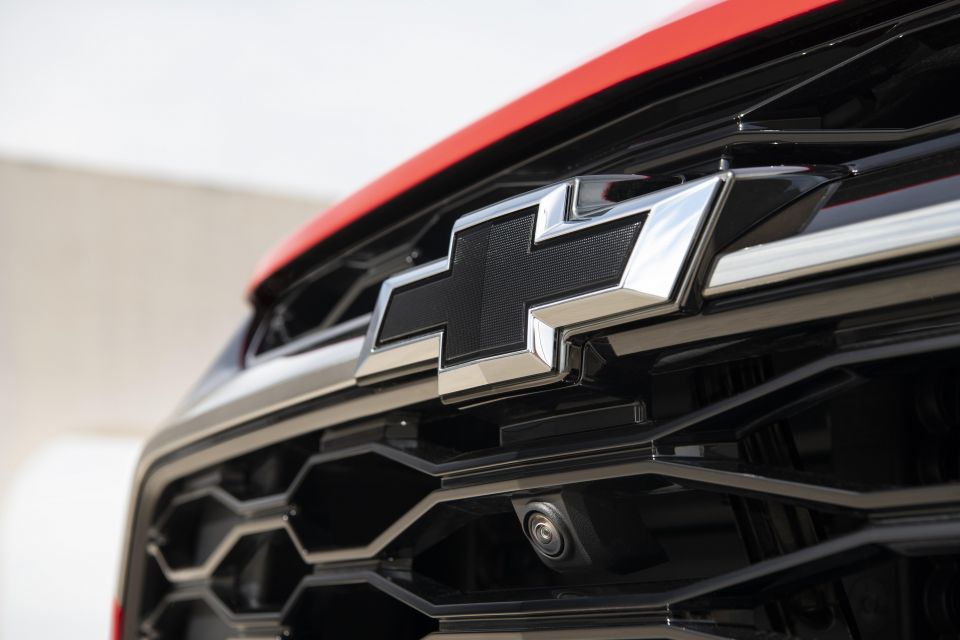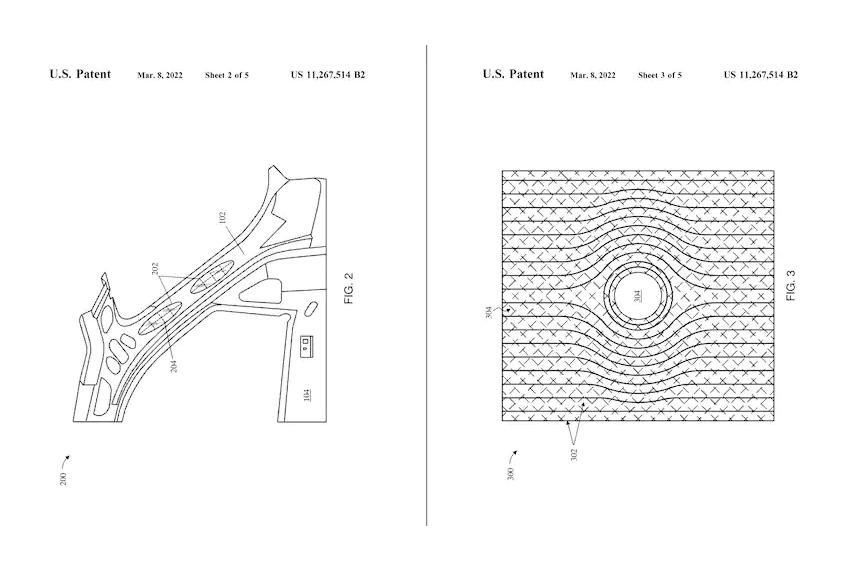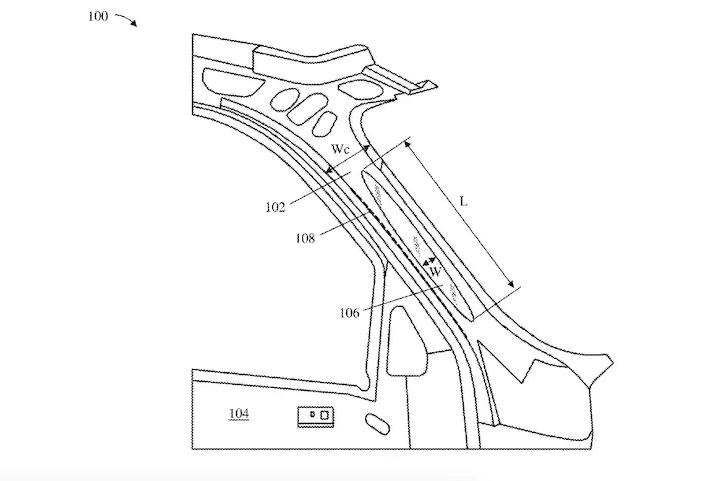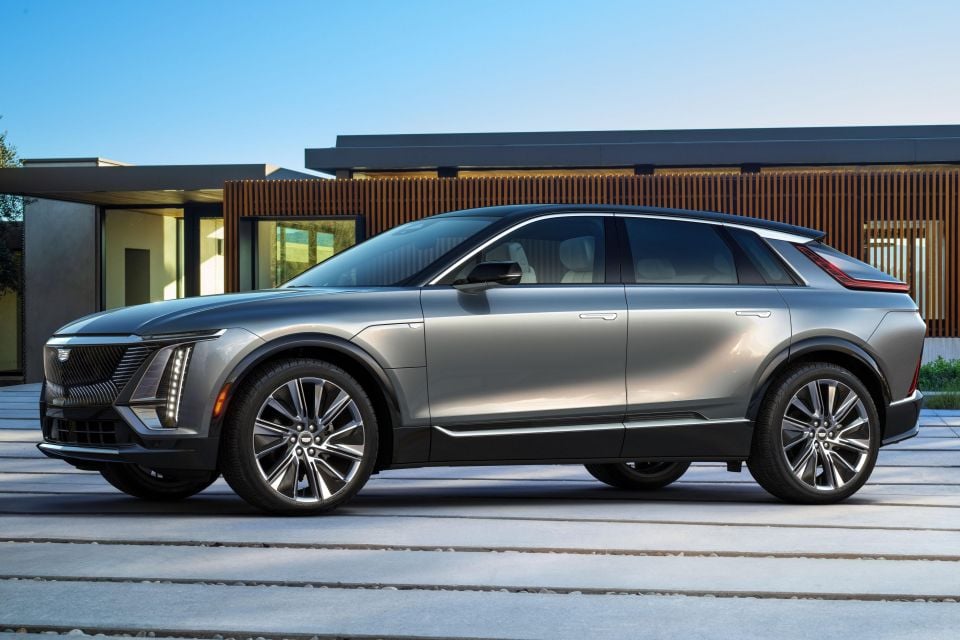

Max Davies
How Audi, BMW, Honda, Mercedes-Benz, and Suzuki started out in Australia, and where they are now
3 Hours Ago
General Motors has filed a patent for a new fibre-reinforced A-pillar design, and we can see right through them.

News Editor


News Editor
Modern cars may have more cameras and sensors than before, but visibility is often worse due to higher belt lines and thicker pillars.
General Motors appears to be trying to mitigate that, with Motor Trend discovering a patent filing by the American automaker for transparent A-pillars.
The filing describes a “novel fiber reinforced composite A-pillar that includes one or more designed opening impregnated with a transparent resin or composite”.


The transparent material within the pillars is intended to filter both ultraviolet and infrared wavelengths, reducing the potential for sun damage to the car’s occupants and cabin materials.
To help maintain rigidity, the pillar support features an internal fibre structure of some sort, like carbon fibre.
Like a windscreen or rear window, there’s also electrical wiring to aid with demisting. This could also potentially allow for the window to be dimmed or darkened electronically.
The patent filing also mentions methods for reducing assembly costs, including embedding the electrical wiring in the clear material during the moulding process.

No specific GM brands or vehicles are mentioned in the patent filing, though the opportunities are endless considering all cars have A-pillars.
GM isn’t the first automaker to patent this kind of set-up.
A Toyota patent filing was published in 2017 describing a “cloaking device” of sorts, with a complex arrangement of mirrors and polarised half mirrors allowing the driver to see through the A-pillar.
Earlier, Jaguar Land Rover showcased in 2014 its 360-degree Virtual Urban Windscreen system. This used a combination of cameras and display screens embedded in the A, B and C-pillars to make them virtually invisible.
A-pillars have gotten considerably thicker over the years, largely due to stricter safety standards. Gone are the days of wraparound windscreens and thin pillars affording almost panoramic visibility, though some automakers have placed small windows within A-pillars.
Companies have increasingly moved to cameras as a means of improving a vehicle’s visibility.
For example, surround-view cameras are widely available today, while companies like Genesis, Honda, Hyundai and Kia offer systems that project camera footage of a vehicle’s blind-spot within a screen in the dash.
William Stopford is an automotive journalist with a passion for mainstream cars, automotive history and overseas auto markets.


Max Davies
3 Hours Ago


William Stopford
3 Hours Ago


Derek Fung
3 Hours Ago


Max Davies
11 Hours Ago


William Stopford
1 Day Ago


Ben Zachariah
1 Day Ago